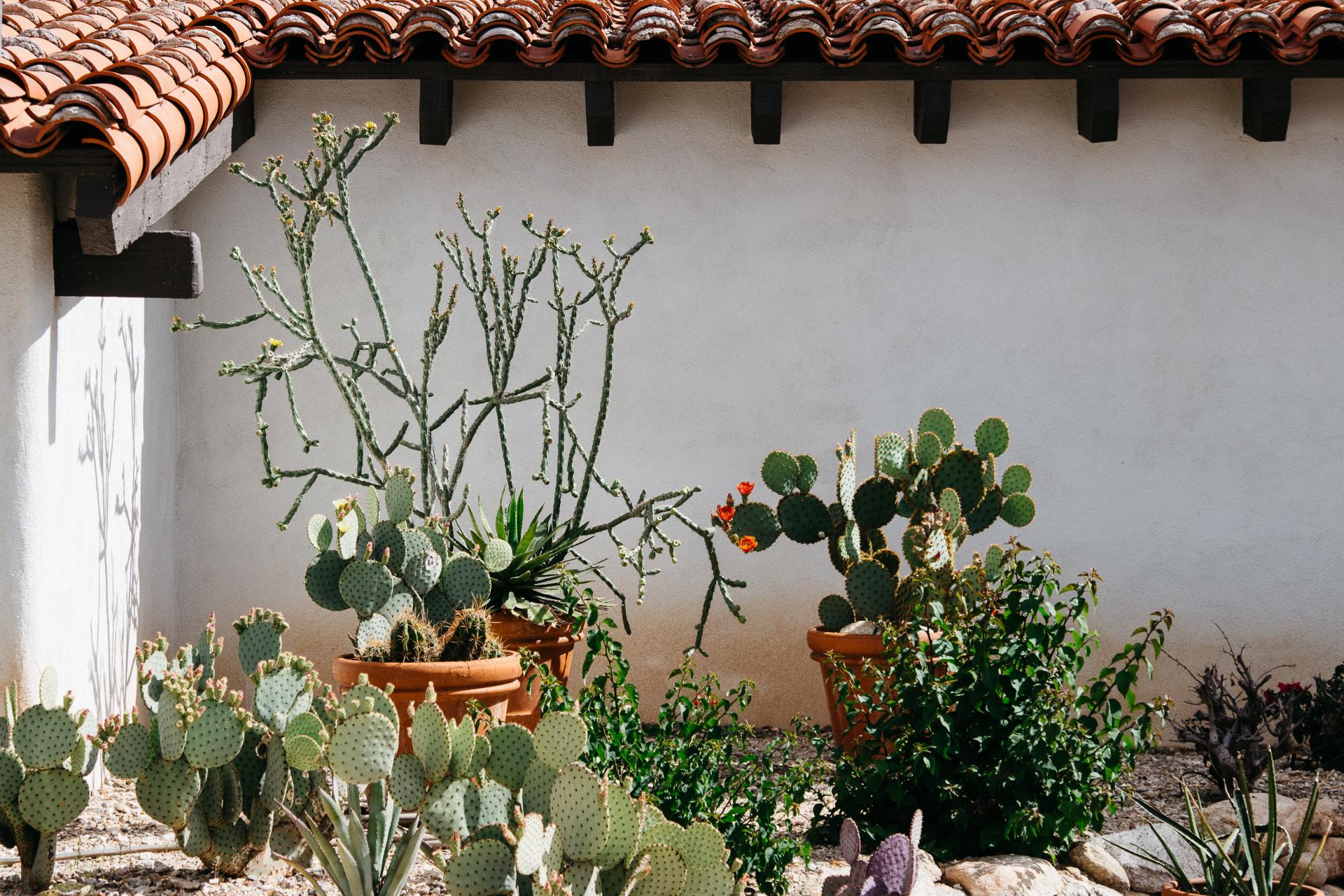You are here
Be A Better Gardener: Tribute to A Gardening Pioneer
Be A Better Gardener: Tribute to A Gardening Pioneer
by Thomas Christopher
You might think the conversation I had recently with Linda Churchill, director of Horticulture at the Santa Fe Botanical, wouldn’t apply to your Northeastern garden, but let me explain. We were discussing the remarkable career of the late David Salman, a pioneering gardener of the American Southwest who died on June 5th of 2022. The occasion for this was the Botanical Garden’s initiation of a project to plant a tribute garden devoted to Salman’s work as a plantsman and educator. I have followed that since his breakthroughs in the 1980’s, and though I never met Salman in person, I kept up with his innovations and even called him to consult with him about his introductions of native and regionally adapted lawn grasses.
Born in Massachusetts, David Salman moved as a child first to Houston, Texas, and then to a ranch in La Cueva, New Mexico. In the process, he developed a love of the outdoors and an experience with different regional climates and floras that would be foundational to his career. He enrolled at Colorado State University to study horticultural science, and there he met Ava, who would become his wife and professional partner. After graduation, the two settled in Santa Fe, where they opened a small nursery, Santa Fe Greenhouses, in 1984.
At that time, gardening in Santa Fe, as throughout the Southwest, commonly focused on trying to make the local landscape look like somewhere else. With massive infusions of water and fertilizers, and the continual amending of the organic-poor high plains and desert soils with compost, gardeners would cultivate lawns of foreign turf grasses, as well as foundation plantings of imported shrubs and shade trees that were equally alien to the region. It was revolutionary when David Salman began introducing customers to perennials and woody plants native to the Southwest, many of which he first introduced to the nursery trade, as well as adapted plants that he collected from similar climates around the world. He was a pioneer of what came to be known as “waterwise gardening.” This became a movement when the western United States experienced a period of extreme droughts in the late 1980s and conventional gardening became unsustainable.
I forget how I heard about what was going on in the West at that time, but it fascinated me because as a young horticulturist I had become similarly frustrated with the derivative nature of gardening in my home, the Northeast. “English gardens” were the rage here, as my gardening colleagues used imported perennials to make our gardens look just like what you would find in the Old Country. I grew fed up with being told how “bad” our climate was in comparison to England’s. Different wasn’t bad, in my view. In fact, it seemed like an opportunity to cultivate a different, American style of garden. That, of course, was exactly what David Salman and his fellow visionaries all over the West were doing.
When I traveled to the Southwest to visit the emerging gardens, I found that they were having a transformative effect on the gardeners. Most of them were, like David Salman, immigrants from somewhere else, and had arrived, as I did, understanding little about the desert habitat. To create a sustainable, locally focused garden involved developing a deeper familiarity. I was surprised to learn, for example, how biologically diverse the Southwestern deserts are, boasting far more diversity of plants than my native Northeast. And to cultivate plants there without the massive inputs required an understanding of how plants naturally grow in such arid and semi-arid regions. For example, the use of groundcovers isn’t appropriate because the native plants typically grow at wide intervals so their roots can tap a broader reservoir of soil moisture. I went home resolved to explore in depth the dynamics of my own, Northeastern flora.
After Santa Fe Greenhouses became the talk of their community, David and Ava opened a mail-order nursery, High Country Gardens, in 1993, which helped to spread the message of sustainable and adapted and native-focused gardening all over the arid, intermountain West. I found my Northeastern colleagues far less receptive, in part I think because our “bad” climate doesn’t pose such severe challenges to traditional garden plants. Over the succeeding decades, however, with the emergence of the Ecological Gardening movement, we in the East have begun to catch up. Finally, we too are listening to Nature.
To hear to the rest of my conversation with Linda Churchill about David Salman, please log onto the Growing Greener Podcast.
Be-a-Better-Gardener is a community service of Berkshire Botanical Garden, located in Stockbridge, Mass. Its mission, to provide knowledge of gardening and the environment through a diverse range of classes and programs, informs and inspires thousands of students and visitors each year. Thomas Christopher is a volunteer at Berkshire Botanical Garden and is the author or co-author of more than a dozen books, including Nature into Art and The Gardens of Wave Hill (Timber Press, 2019). He is the 2021 Garden Club of America's National Medalist for Literature, a distinction reserved to recognize those who have left a profound and lasting impact on issues that are most important to the GCA. Christopher’s companion broadcast to this column, Growing Greener, streams on WESUFM.org, Pacifica Radio and NPR and is available at berkshirebotanical.org/growinggreener.
Help Our Garden Grow!
Your donation helps us to educate and inspire visitors of all ages on the art and science of gardening and the preservation of our environment.
All donations are 100 percent tax deductible.


